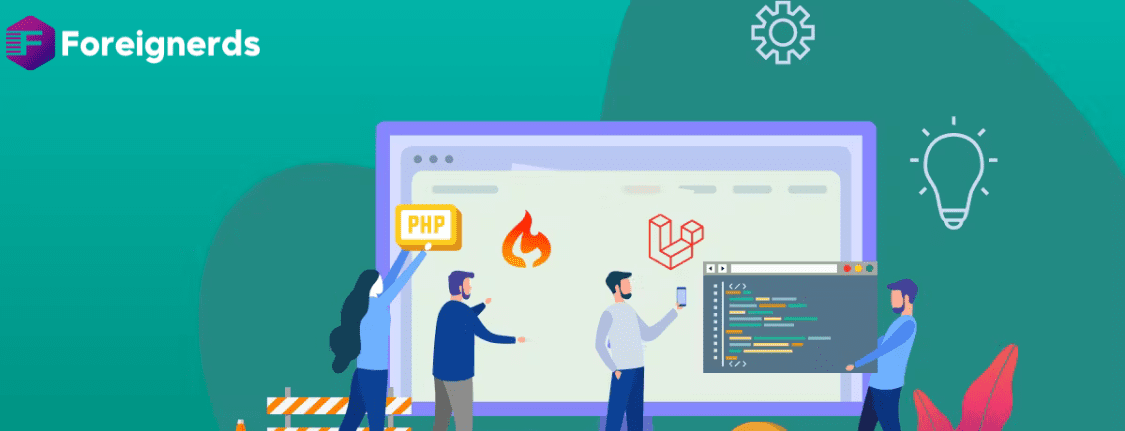In today’s ever-evolving tech landscape, Software as a Service (SaaS) has emerged as a transformative model of software development. But what exactly is SaaS software development? Let’s delve into the key concepts.
Understanding SaaS
SaaS, or Software as a Service, refers to a cloud-based service that enables users to access and use software applications over the internet. Unlike traditional software,
SaaS eliminates the need for local installations and provides a subscription-based approach to software usage.
The Shift from On-Premises to SaaS
Historically, businesses would install software applications on their local servers or computers, which often required substantial investments in hardware and ongoing maintenance. With SaaS, the software is hosted on the cloud, making it accessible from any device with an internet connection.
Benefits of SaaS Application Development
The benefits of SaaS application development are numerous, making it a popular choice for businesses of all sizes.
What Are the Benefits of SaaS Application Development?
Cost-Efficiency
One of the primary advantages of SaaS development is cost savings. Traditional software often requires significant upfront expenses for licensing, hardware, and maintenance. SaaS, on the other hand, offers a subscription-based model, reducing initial costs.
Scalability and Flexibility
SaaS applications can easily adapt to the changing needs of your business. Whether you need to scale up or down, SaaS provides the flexibility to meet your requirements.
Accessibility and Collaboration
With SaaS, applications are accessible from anywhere, fostering collaboration among remote teams. This accessibility improves productivity and teamwork.
Automatic Updates and Maintenance
SaaS providers handle updates and maintenance, ensuring that you always have access to the latest features and security patches without any effort on your part.
Security and Data Backup
SaaS providers prioritize security and data backup, reducing the risk of data loss and breaches, which can be costly for businesses.
Streamlined Integration
SaaS applications often offer easy integration with other software, enhancing overall workflow and efficiency.
What Are the Steps of SaaS Development?
Conceptualization and Planning
The development of a SaaS application begins with a clear concept and thorough planning. Define the purpose, target audience, and unique selling points of your application.
Design and Architecture
Create a user-friendly and visually appealing design for your SaaS application. Consider the architecture that suits your application’s needs.
Development and Testing
The actual development of the SaaS application involves coding, testing, and continuous improvement to ensure a robust product.
Deployment
Deploy your SaaS application on the cloud or a hosting platform. This step makes the application accessible to users.
Monitoring and Support
After deployment, continuous monitoring and support are vital to ensure a seamless user experience.
The Required Team and Tech Stack to Develop a SaaS
Building the Right Team
Developing a SaaS application requires a diverse team of professionals, including developers, designers, quality assurance engineers, project managers, and business analysts.
Choosing the Tech Stack
Selecting the right technologies for your SaaS application is crucial. Consider factors like scalability, security, and user experience when deciding on the tech stack.
The Overview of SaaS Development Challenges
Challenge 1: Integration of Third-Party Services
Integrating third-party services can be challenging due to compatibility issues and data synchronization.
Challenge 2: Having a Secure Database
Data security is paramount in SaaS development. Protecting user data and maintaining the integrity of the database are constant concerns.
Challenge 3: No-Downtime Deployment
SaaS applications must ensure high availability. Achieving no-downtime deployment is a significant challenge.
Challenge 4: Management of a Subscription Lifecycle
Managing subscriptions and ensuring a smooth user experience throughout the subscription lifecycle is a complex task.
How Much Does It Cost to Develop a SaaS Application?
Cost Defined By Types Of Teams
The cost of SaaS development can vary widely based on factors like the complexity of the application and the choice of the development team. In-house teams, freelancers, or dedicated SaaS development companies all come with different price tags.
How to Find a Reliable SaaS Development Partner
Research and Due Diligence
Finding the right SaaS development partner is critical. Extensive research, background checks, and reference reviews can help you identify a reliable partner.
Collaboration and Communication
Effective communication is key to a successful partnership. Ensure that your chosen partner understands your vision and goals.
Scalability and Flexibility
A good SaaS development partner should be able to scale with your business and adapt to its evolving needs.
Quality Assurance
Ensure that your partner has a robust quality assurance process in place to deliver a bug-free SaaS application.
Conclusion
In a world where businesses are constantly seeking innovation and efficiency, SaaS software
development stands out as a game-changer. It offers cost savings, scalability, accessibility, and a plethora of benefits for businesses. However, it’s not without its challenges, including integration, security, downtime, and subscription management. Choosing the right development team and tech stack are crucial decisions, and the cost of development can vary based on these choices. To embark on a successful SaaS journey, finding a reliable development partner is essential. With the right approach, SaaS can revolutionize the way your business operates.
